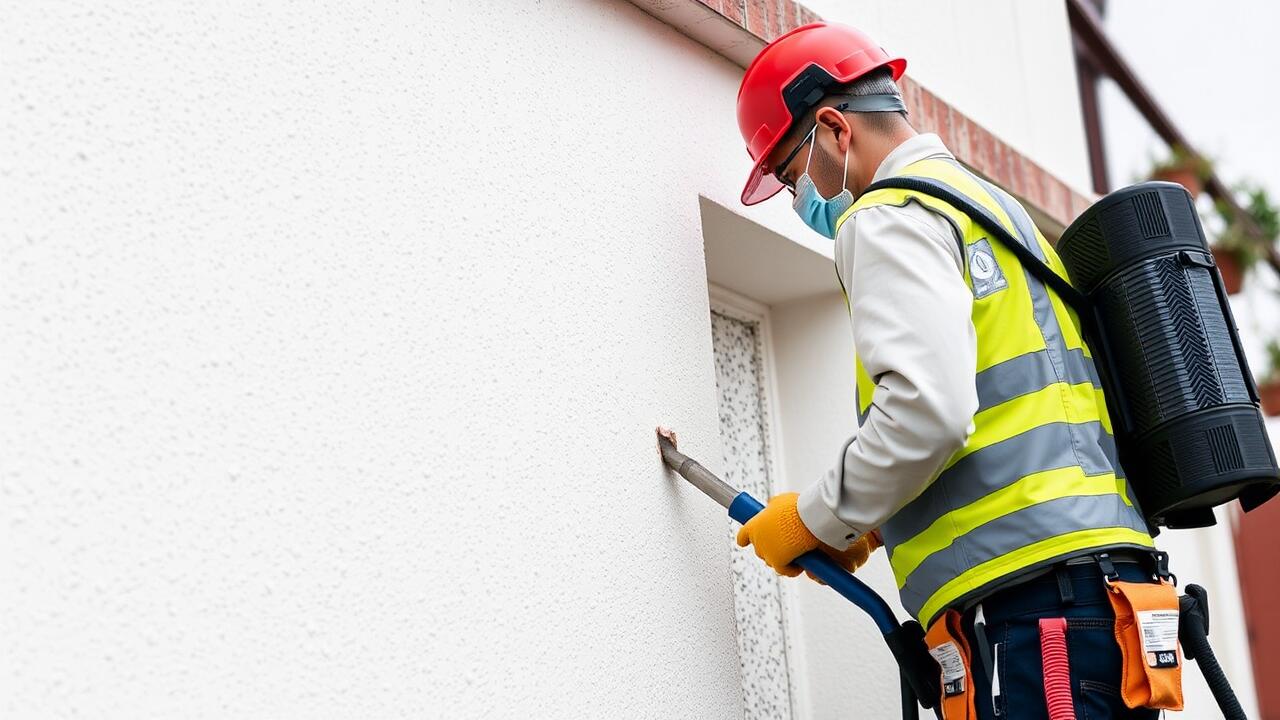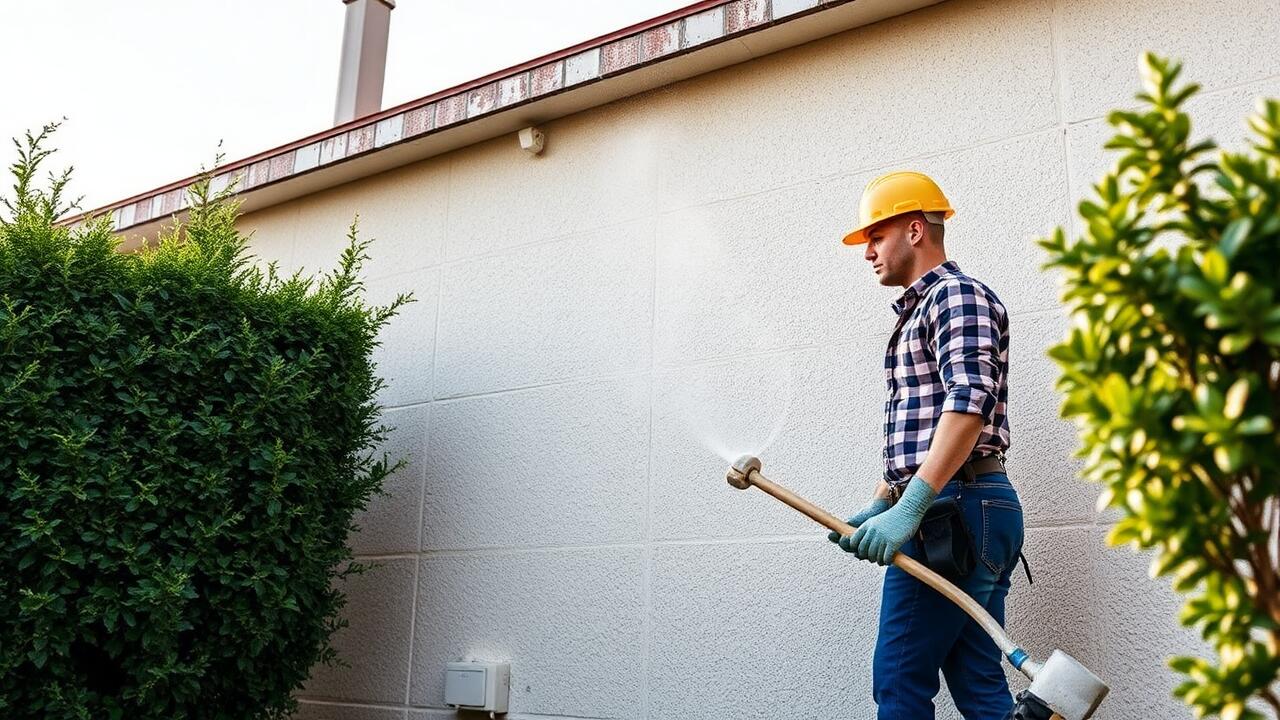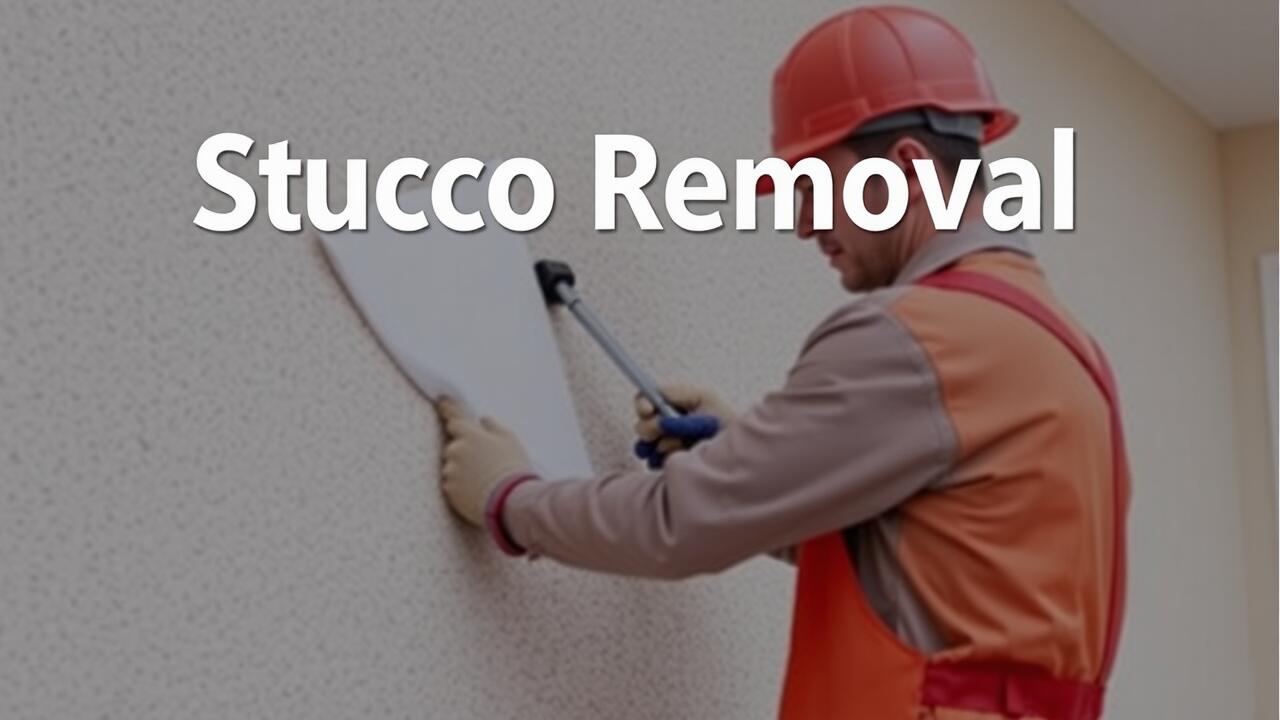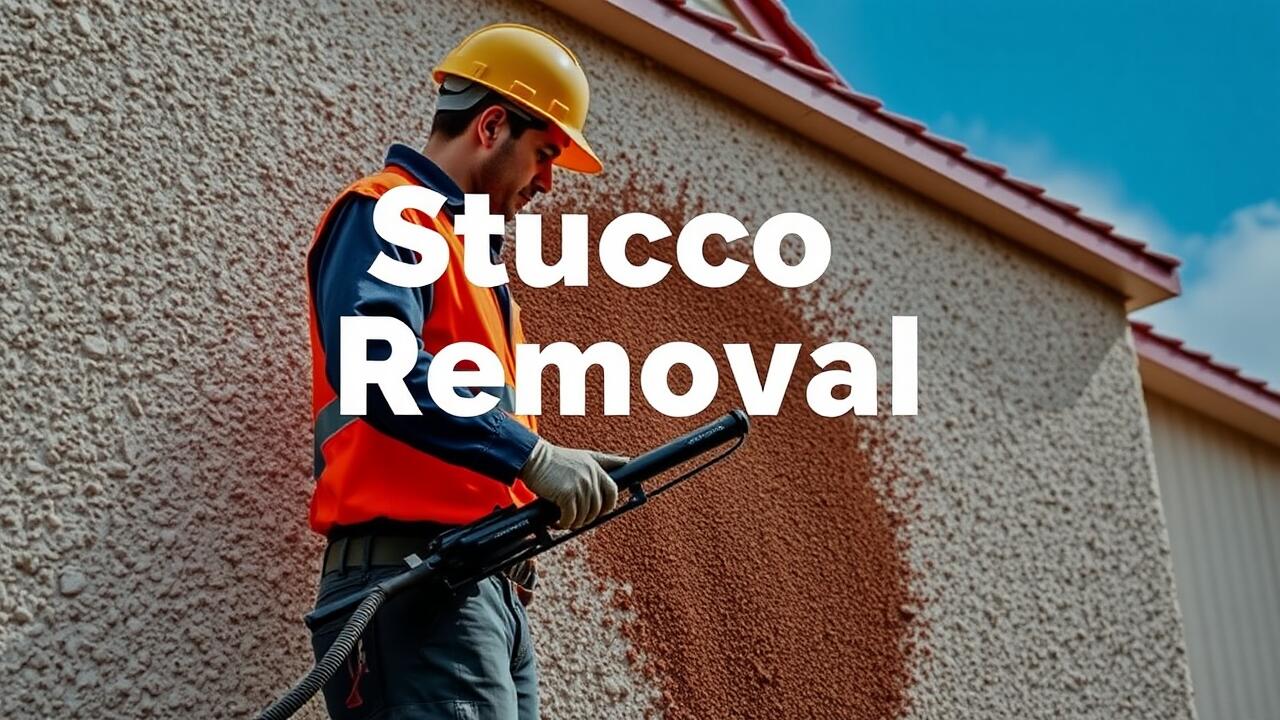
DIY vs. Professional Removal
Removing stucco can be an appealing DIY project for homeowners looking to save money. With the right tools and a bit of research, many feel capable of handling the task. Online resources often detail step-by-step processes, making it seem straightforward. However, the complexities of removing stucco can be underestimated. Factors such as the material's age and condition can present unforeseen challenges, potentially leading to costly repairs if mishandled.
Hiring a professional for stucco removal may come with a higher upfront cost, but it often results in a more efficient and safer process. Experienced contractors understand the intricacies involved, from proper removal techniques to identifying underlying issues. They also have the necessary equipment and safety gear to mitigate risks, which can be a major concern with older structures. For those unsure about tackling the job themselves, searching for "Stucco Removal near me" will likely yield a variety of qualified professionals ready to assist.
Advantages and Disadvantages of Each Approach
Choosing between DIY stucco removal and hiring a professional presents distinct advantages and disadvantages. DIY removal can save on labor costs. It offers flexibility in scheduling and the opportunity to become more hands-on with home improvement projects. However, this approach also carries risks, such as potential damage to the underlying structure if not executed properly. Limited experience may lead to issues that require professional intervention later, negating initial savings.
On the other hand, professional removal typically ensures a safer and more efficient process. Experts possess the necessary tools and knowledge to handle any unforeseen complications that may arise, particularly in older homes. The immediate cost may be a drawback, yet the assurance of quality workmanship can be invaluable. Homeowners often search for "Stucco Removal near me" to find reliable services, highlighting the demand for professional assistance.
Addressing Potential Hazards
When considering stucco removal, it is crucial to be aware of potential hazards, particularly in older homes. If the stucco was installed before the 1980s, there’s a risk that it contains asbestos, a dangerous material linked to serious health issues. Homeowners should investigate the composition of the stucco before starting any work to ensure safe handling and removal. Hiring a professional is often recommended in these cases to minimize exposure and ensure compliance with safety regulations.
Additionally, moisture issues can arise when stucco is removed, revealing underlying damage to the sheathing or framing of the house. This damage may have been concealed by the stucco for years and could lead to structural problems if not addressed. Homeowners should prepare to deal with these potential challenges, which may involve hiring additional contractors after the stucco removal. Searching for "Stucco Removal near me" can help find local experts who understand how to manage such risks effectively.
Asbestos and Other Threats in Older Stucco
Older stucco may contain asbestos, especially if it was applied before the mid-1980s. Asbestos fibers can pose significant health risks if disturbed during the removal process. Homeowners should prioritize testing for asbestos before any demolition work begins. This precaution can save lives, as it allows for proper handling and mitigation measures to be put in place.
Other threats associated with older stucco include mold growth and water damage. Moisture can accumulate behind the stucco, creating ideal conditions for mold. The presence of water damage can compromise structural integrity, leading to more extensive repairs. It is advisable to consult professionals specializing in "Stucco Removal near me" who have experience dealing with these issues to ensure a safe and effective removal process.
Post-Removal Considerations
After stucco removal, homeowners should assess the condition of the underlying structures. This step is crucial as it helps identify any water damage, mold growth, or structural issues that may need immediate attention. Inspecting the sheathing, siding, and framing is essential to ensure everything is in good condition before applying a new exterior finish. Proper preparation can save time and prevent future complications, making this phase a critical part of the overall project.
When considering options for replacing or repairing the surface after removing stucco, homeowners might search for "stucco removal near me" for local contractors or services. Choosing the right finish can enhance the home's aesthetic appeal and improve energy efficiency. It’s advisable to explore various materials, such as brick, siding, or new stucco, ensuring the chosen option complements the home's architecture and provides long-lasting durability.
Repairing Underlying Damage After Stucco Removal
After the stucco has been removed, it's crucial to inspect the underlying structure for any signs of damage. This may include water damage, rot, or mold growth, especially if the stucco was applied over time without proper maintenance. Addressing these issues promptly is essential to ensure the longevity of any new siding or finish material. Contractors often recommend using moisture meters and thermal imaging to help identify hidden problems.
Once any damage is repaired, preparing the surface for new exterior cladding involves ensuring that the framework is solid and clean. This may require replacing rotten wood, sealing any gaps, and applying a moisture barrier if applicable. If you’re considering this project yourself, search for "Stucco Removal near me" to find local experts who can help with the repairs and offer advice tailored to your home’s specific needs.
FAQS
Is it safe to remove stucco from my home?
Yes, it can be safe to remove stucco, but it is important to take proper precautions and consider potential hazards, especially in older homes that may contain asbestos or other harmful materials.
What are the benefits of professional stucco removal compared to DIY?
Professional removal often ensures a higher quality finish, minimizes risks related to hazardous materials, and saves time. DIY may be cost-effective but can result in safety hazards and potential mistakes.
How can I tell if my stucco contains asbestos?
If your home was built before the mid-1980s, it is best to have a professional inspect a sample of the stucco for asbestos. Do not attempt to remove a sample yourself, as this can release harmful fibers into the air.
What should I do after removing stucco?
After stucco removal, it's essential to assess and repair any underlying damage to the structure. This may involve fixing water damage, mold, or other structural issues before applying new finishes.
Are there any specific tools I will need for DIY stucco removal?
Yes, common tools include a chisel or pry bar, hammer, safety goggles, dust mask, gloves, and possibly a sledgehammer for tougher areas. Ensure you have all necessary safety equipment to protect yourself during the process.



